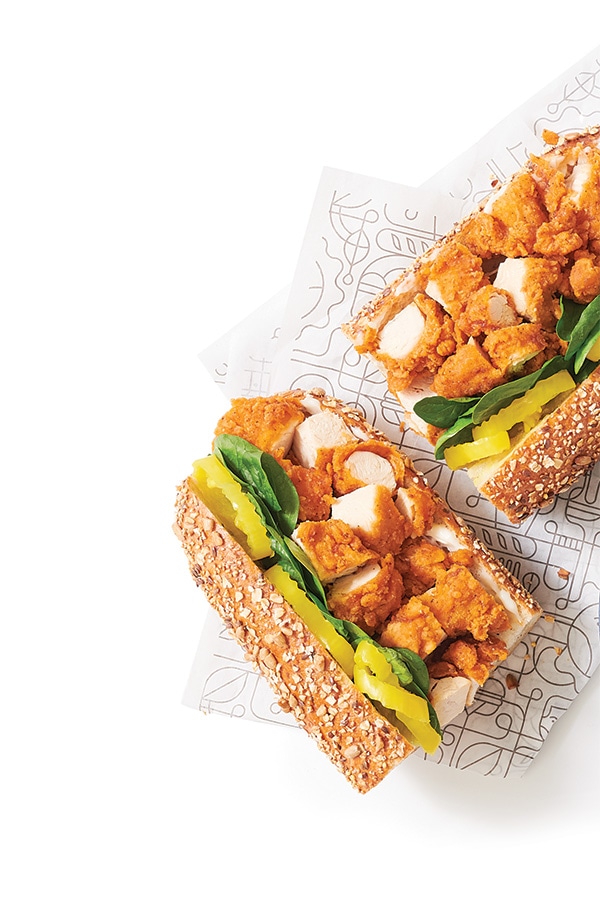By Shannon McManus, RDN, LDN, Manager of Customer Wellness![]()
Added sugars may be lurking within products you would not expect to have high sugar content. Many processed foods—including barbecue sauce, ketchup, fat-free salad dressing, flavored yogurt, smoothies, pasta sauces, cereals, and granola bars—include added sugars to improve texture and taste.
Some ingredient lists even mask the amount of sugar in a product. To avoid having sugar listed as the first ingredient, food manufacturers may use multiple forms of sugar—each with a different name—listed individually on the ingredient list. When sugars are represented separately in smaller amounts, it becomes more difficult to determine how much overall sugar a product contains.
New food labels are coming.
The Food and Drug Administration (FDA) issued a requirement to manufacturers to include added sugars on all food labels by July 26, 2018. Soon nutrition labels will list "Includes X g Added Sugars" under "Total Sugars" to help consumers better understand how much sugar has been added to products.
Beware of hidden sugars.
Until the new food labels hit the market, you should reference the ingredients list to provide more information about added sugars—or take a shortcut by referencing Publix Better Choice shelf tags. Ingredients are listed in descending order by weight, so its location in the list can indicate how much sugar a particular food contains.
While they go by many different names, all added sugars are sources of extra calories. Here are some examples of added sugars in disguise:
- brown sugar
- brown rice syrup
- corn sweetener
- corn syrup
- dextrose
- fructose
- glucose
- high fructose corn syrup
- honey
- invert sugar
- lactose
- malt syrup
- maltose
- molasses
- raw sugar
- sucrose
- trehalose
- turbinado sugar
Sources
- Flipse, Robyn, MS., MA, RDN. "A Sweetener by Any Other Name Is Just as Sweet." Calorie Control Council. Accessed August 02, 2016.
- 2015 – 2020 Dietary Guidelines for Americans. 8th Edition. U.S. Department of Health and Human Services and U.S. Department of Agriculture. December 2015. Accessed August 02, 2016.
- "Changes to the Nutrition Facts Label." U.S. Department of Health and Human Services: U.S. Food and Drug Administration (FDA). August 03, 2016.


